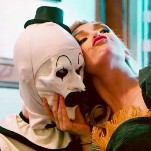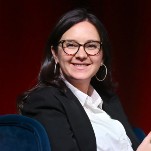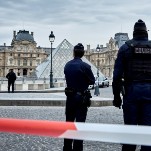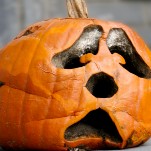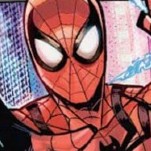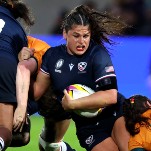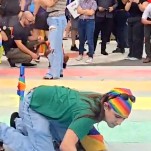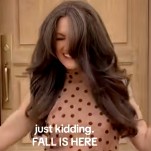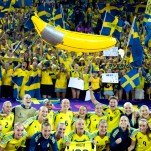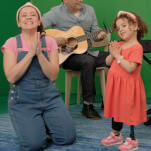Invisible Women: A History of Haunted Photographs
LatestAfter the bugler blurted out Taps, the only thing left to do was to clean out my grandfather’s house. It wasn’t the kind of house that one would expect to be haunted: a squat ranch house with a stucco exterior, the kind of unremarkable house that clutters the working class neighborhoods of suburban Fort Lauderdale.
My grandfather had spent the last five years of his life in that unremarkable house, sitting in a burnt orange faux velvet chair, reading supermarket paperbacks, and waiting to die. Five years prior, my grandmother had refused to linger in a hospital and insisted on coming home; she died on the matching burnt orange sofa. With the house empty, the rest of the family began the familiar mourning ritual of cleaning out closets and garages, of sorting mementos from dross so the house could be sold.
My grandparents were memory hoarders. Their house was neat and orderly, but every meaningful life event had been documented with photographs and inexpensive artifacts. Those treasures were archived in overstuffed closets, filled with scribbled pictures gifted to them by grandchildren, with foreign guns my grandfather had picked up on battlefields in North Africa and Korea, and cheap tokens of the Virginia mountains where they both had been raised. Buried underneath their memories was an old Kodak Land camera; underneath that, a stack of yellowed, postcard paper made for the instant camera. Both ancient relics irresistible to a sad and sullen 12-year-old.
“Set Shutter. Focus. Snap picture,” the yellow instructions printed inside the camera said. And so I did. Push the paper in. Snap. Wait a minute. Pull the paper tab until a photograph emerged. A photograph of the fancy walnut dining table, the one no one ever sat at; a photograph of the Miniature Schnauzer left behind; a photograph of my mother standing in the pea-green kitchen. I turned the camera to my brother, who had taken refuge with his Discman on the burnt orange chair.
Snap. Count: one Mississippi, two Mississippi.
I pulled out a photograph of my brother and the ghost. The photograph was a perfect tableau: My brother sits on the chair, standing next to him a dim outline of a woman, full-length in profile, her face directed towards my brother while he studies his Discman. The ghost was no stranger. I recognized the curve of her shoulders, a kind of cultivated hunch developed from a lifetime of trying to shrink her six-foot frame to a more appropriate size. I recognized her profile, that long nose and sharp chin, the same nose and chin I saw when I looked in the mirror; that I still see when I look in the mirror.
I burst into tears. My brother called me a dummy but changed his mind when he saw the photograph. “Don’t tell mom,” he said. My mother, a firm believer in the Calvinist doctrine of the afterlife, would not have seen who we saw, she would not have seen our grandmother. My mother did not (and does not) believe in ghosts; she only believed in heaven and hell and their respective inhabitants. My brother and I, lacking confidence in the Apostle Paul, believed in our grandmother.
I stuffed the photograph in my backpack and didn’t say a word.
Photographs are haunted.
-

-

-

-

-

-

-

-

-

-

-

-

-

-

-

-

-

-

-

-

-

-

-

-

-

-

-

-

-

-

-

-

-

-

-

-

-

-

-

-

